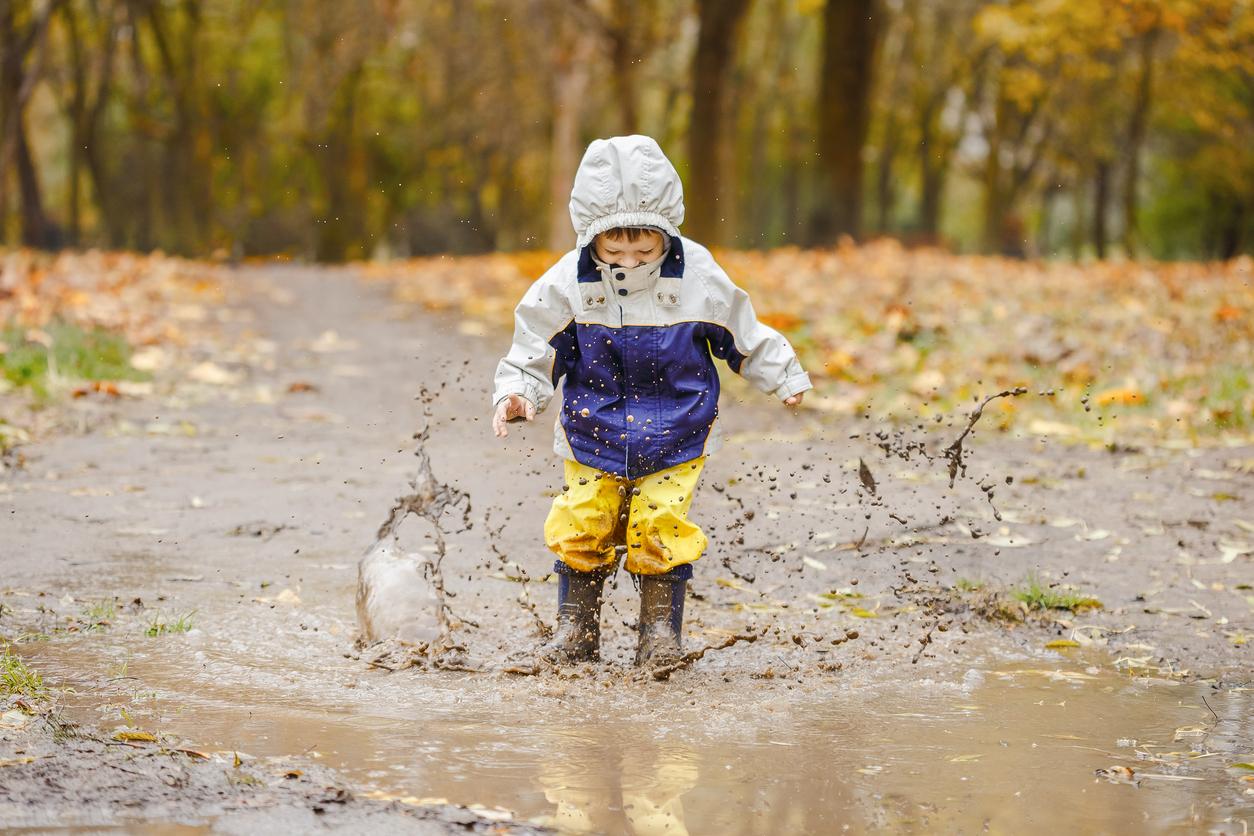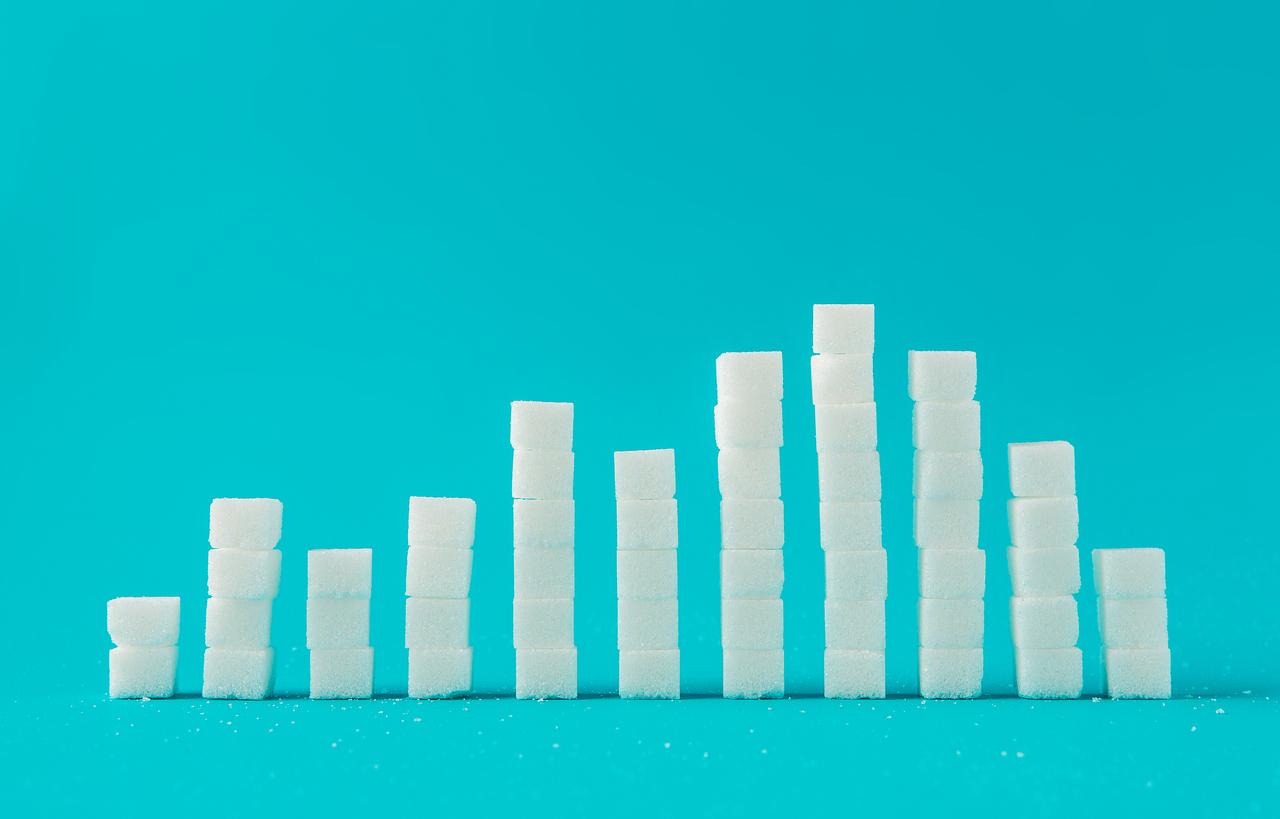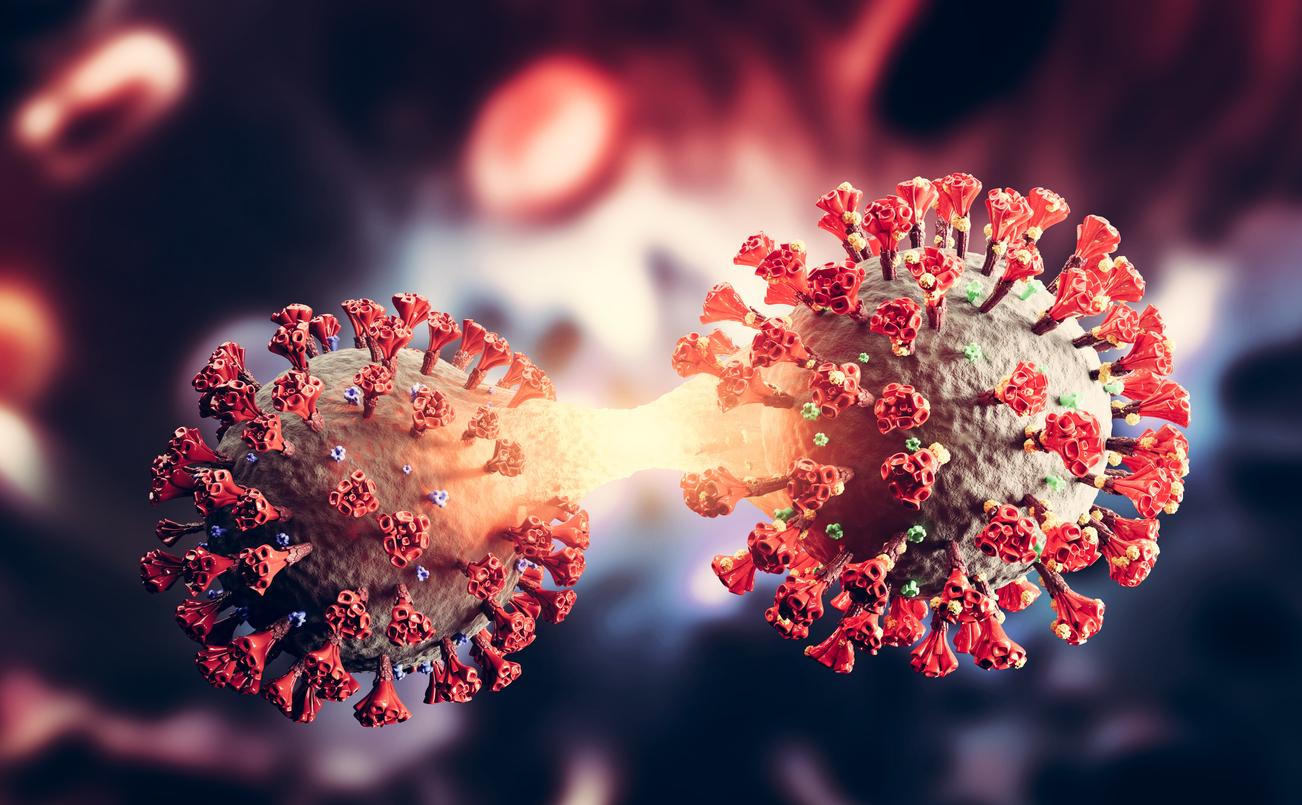Our immune peak would be between 11 and 14 years old. From there, our body will defend itself less and less well against infectious diseases. Pathologies such as poliomyelitis, HIV or even typhoid fever would thus be more dangerous in adults than in children.
-1602777803.jpg)
- Our immune system peaks between the ages of 11 and 14, after which it only slowly declines.
- British researchers have identified 32 infectious diseases that are more serious in young adults from the age of 20 than in children.
- Only dengue presents a higher risk in children than in adults.
We are far less resistant to disease than we think. A study conducted by the London School of Hygiene & Tropical Medicine (United Kingdom) shows that the risk of aggravation of the diseases that we can contract begins when we enter late adolescence, around 20 years of age. The peak of immune function would be reached between 11 and 14 years, before collapsing gradually with age. The results of their study were published on October 15, 2020 in Scientific data.
Scientists have compiled a list of 32 infectious diseases (19 of viral and 13 bacterial origins) that would become more dangerous as we age. Among them, we find pell-mell smallpox, chickenpox, mononucleosis or yellow fever. For all these infections, apart from dengue which affects children more severely, the consequences of the diseases on young adults will be more severe than on adolescents and children.
A slow deterioration of our immunity from the age of 14
Of the 32 diseases listed, the severity of the disease was found to be lowest in children between the ages of 5 and 14, before gradually rising with age. Thus, for diseases such as poliomyelitis, measles, HIV, typhoid fever or meningitis, young adults are more likely to develop serious forms than children and adolescents. If certain pathologies, such as Covid-19, the plague and hepatitis A and B are more deadly for the elderly, they are no less serious for other age groups.
“We know that infants are particularly vulnerable to infectious diseases due to their immature immune system, and that the elderly are vulnerable due to deteriorating immune systems. But surprisingly little is known about how the response to infection changes between these two age extremes.says Judith Glynn, professor at the London School of Hygiene & Tropical Medicine and lead author of the study. The discovery that ‘immune aging’ could begin in young adulthood could be a catalyst for much-needed new approaches to how drugs and vaccines are designed and programmed, although this resistance to infection may be attributable to other aspects besides immune function.”
The different levels of the immune system
This discovery shows that our immunosenescence, that is to say the age at which our immunity begins to degrade, could arrive much earlier than the scientific community currently thinks.
If our immunity decreases in adolescence, this decline has different levels. Thus, diseases of the coronavirus family (SARS-CoV, MERS-CoV and SARS-CoV-2) become dangerous for our immune system from the age of 40, while pathologies such as Ebola, cholera, scarlet fever or Lassa fever are fatal from the age of 20. Other diseases such as brucellosis or hepatitis B can be contracted by children but will only become really dangerous in their thirties.
“Surprisingly, information on age-specific responses to infections has never been collected before for a wide range of infections, and the reasons for variations in severity outside the extremes of age have hardly been known. exploredunderlines Judith Glynn. Our results suggest that the immune response peaks during school age and then begins to decline much earlier than currently thought, as early as age 15 in some cases. We also observe age patterns in immune responses to certain vaccines, in how the body handles certain persistent viral infections, and in immune markers, which together support our interpretation..”
A way to review the duration of vaccines
Since adolescents and adults can potentially be exposed to higher doses of pathogens, which increases the risk of infection, there is no correlation between the dose received and the severity of the disease. disease.
Further research is needed to understand the mechanisms of immune aging, as well as the reasons why children are more resistant to diseases than adults. This new approach will surely result in innovative ways of designing vaccines, taking these criteria into account. Eventually, this could even influence vaccination schedules as we know them.
.

















